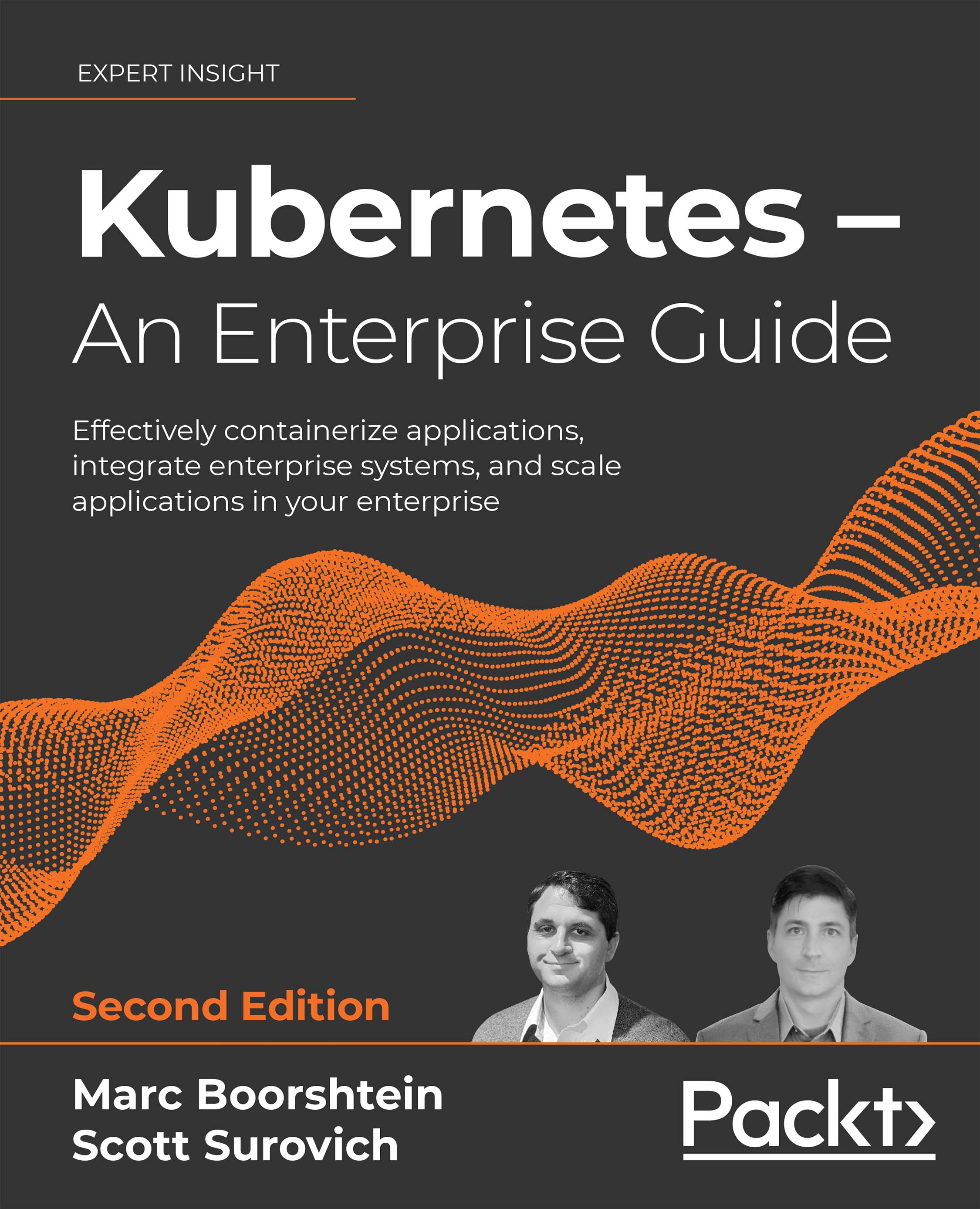Docker and Container Essentials
Before we begin, you may have read that Kubernetes will be deprecating Docker as a compatible runtime in an upcoming release. We will explain this change in more details in the next section, but for now, we will continue with the introduction to containers and the advantages that they deliver.
Containers are one of the most transformational technologies that we have seen in years. Technology companies, corporations, and end users have all adopted it to handle everyday workloads. Increasingly, common off-the-shelf (COTS) applications are transforming from traditional installations into fully containerized deployments. With such a large technology shift, it is essential for anyone in the Information Technology realm to learn about containers.
In this chapter, we will introduce the problems that containers address. After an introduction to why containers are important, we will introduce the runtime that launched the modern container frenzy, Docker and explain its relationship to Kubernetes. We’ll also cover how Kubernetes’ recent deprecation of support for Docker as a runtime impacts the use of Docker and why you should still be familiar with how to use it. By the end of this chapter, you will understand how to install Docker and how to use the most common Docker CLI commands.
In this chapter, we will cover the following topics:
- Understanding the need for containerization
- Kubernetes Deprecating Docker
- Understanding Docker
- Installing Docker
- Using the Docker CLI
Let's get started!
























































